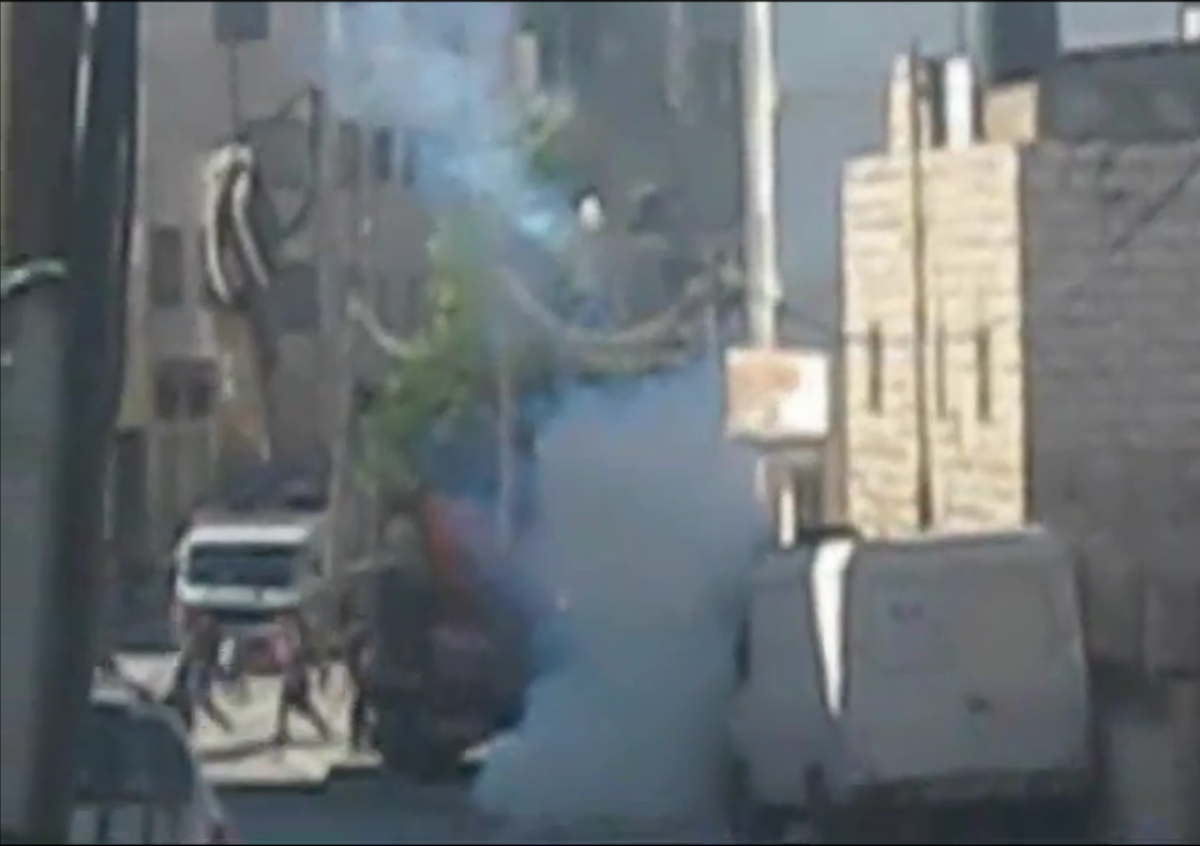Tag: Tear-Gas Canister
-
Bil’in continue their weekly demonstration against the occupation
12th October 2013 | Friends of Freedom and Justice | Bil’in, Occupied Palestine Yesterday, 11th October, Israeli soldiers fired tear gas canisters at a Palestinian family while they were attempting to harvest their olives. This coincided with the weekly Bil’in demonstration against the Apartheid Wall where Israeli forces fired tear gas canisters, stun grenades and rubber-coated steel…
-
VIDEO: Israeli soldiers fire tear gas canisters and stun grenades at school children
1st October 2013 | International Solidarity Movement, Khalil Team | Hebron, Occupied Palestine This morning, Tuesday 1st October, Israeli soldiers fired two tear gas canisters and four stun grenades at children on their way to school. In this case, a few children threw stones and pebbles at Israeli forces as the soldiers stood watching them…
-
Dozens injured and hundreds of arrests in intense Hebron clashes
23rd September 2013 | International Solidarity Movement, Khalil Team | Hebron, Occupied Palestine On Sunday 22nd September, heavy clashes took place across Hebron, leading to the injury and arrest of numerous Palestinians as well as the death of an Israeli soldier. Hebron is currently declared a military zone with a curfew imposed and all entrances to…


